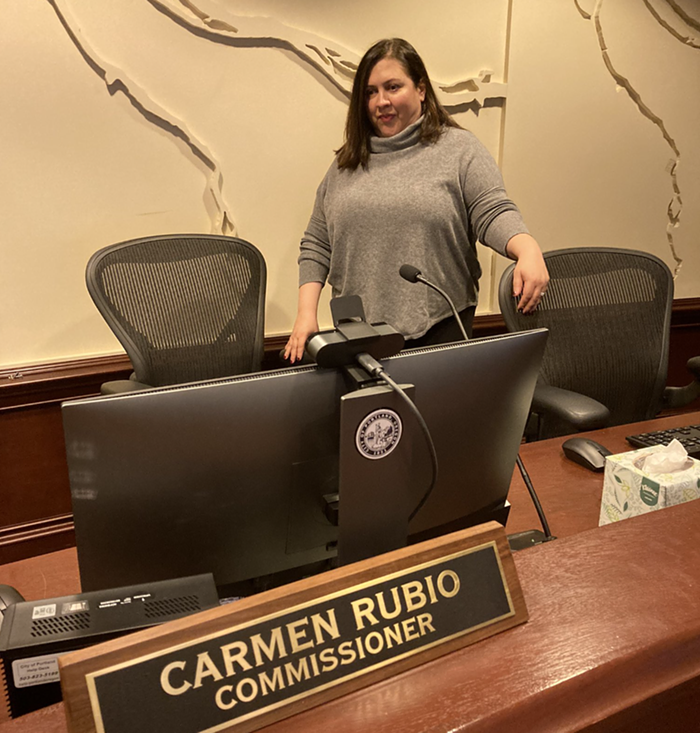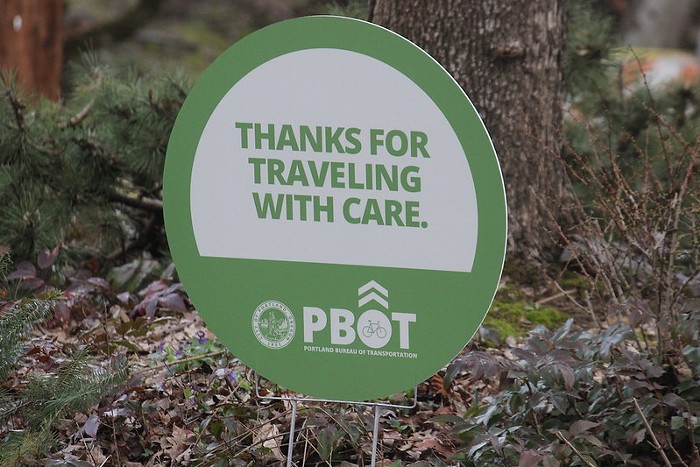Last week, the cannabis community reacted to a new report that examines how Oregon is doing with its recreational program. The report, “An Initial Assessment of Cannabis Production, Distribution, and Consumption in Oregon 2018,” was prepared by a group of city, state, and federal agencies that comprise the Oregon-Idaho High Intensity Drug Trafficking Area (OR-ID HIDTA). Much like Thomas Kinkade, the picture it paints is garish and false.
United States Attorney for the District of Oregon Billy Williams’ reaction was to say that the state’s cannabis situation is “out of control.” Since the “Assessment” has received considerable attention, it’s worth giving it its own assessment, as it may be used as a tool to impose changes to Oregon’s recreational cannabis program.
So, who wrote this thing?
OR-ID HIDTA is federally funded through the DEA, and administered by the Office of National Drug Control Policy. The program coordinates law enforcement goals between various agencies and governments on drug trafficking.
Why does this sound familiar?
Probably because you’re stoned. But also, yes, a draft version prepared by the Oregon State Police was obtained and published by the Oregonian in March 2017. It was, objectively speaking, a total nightmare disaster. When the OSP found out the draft report was to be published, they immediately denounced their own report.
Yet it was extensively cited shortly thereafter by Attorney General Jeff Sessions in a letter to Oregon Governor Kate Brown. Except Brown clapped back, "By using incomplete data, inaccurate research, and unreliable sources, the flawed document drew unsubstantiated conclusions about cannabis legalization in Oregon to serve the author’s personal agenda,” as well as a “blatant disregard of any professional research standards.”
Oh, right... that thing. Christ. Okay, so what does this “updated and corrected” report say?
That we’re producing more cannabis than we’re consuming. (This is true.) The report used analytical models to estimate that Oregon’s recreational program produces more than two million pounds per year, with an estimated annual consumption of between 186,100 and 372,600 pounds. (Pretty loose with that consumption estimate, HIDTA.)
The report doesn’t say exactly how officials are determining what constitutes a pound of cannabis—is the entire wet, freshly cut plant being weighed, or solely the cured, trimmed buds? Leaves and stalks aren’t useful parts of the plant, so it’s a crucial distinction that could radically alter their numbers.
As far as what’s been corrected, Oregon Liquor Control Commission (OLCC) spokesperson Mark Pettinger noticed that the report’s math was substantially off. Their figure of recreational marijuana producer licenses was roughly 1,000 higher than the actual number of licenses. Pettinger told the East Oregonian, “We need to figure out if there are other inaccuracies in the report.”
Yes, let’s do that, because an overestimation of 1,000 growers is a huge mistake. Pettinger added that the report fails to distinguish between regulated recreational cannabis, the medical program, and unregulated black-market stuff.
What else?
Portland Business Journal writes, “The report didn’t directly say legalization has led to more cannabis moving out of state, but said ‘illicit distribution of cannabis has persisted after the emergence of the state-sanctioned market.’ It said 14,550 pounds of Oregon cannabis worth around $48 million ‘was seized en route to 37 states’ between July 2015 and January 2018.”
Pounds of cannabis have been leaving the state by the thousands for decades, and the report doesn’t attribute Oregon’s current amount of exported cannabis as coming specifically from our new recreational system. You know what they say: Illicit marketers gonna market illicitly, which is why the last session of the Oregon legislature passed the Illegal Marijuana Market Enforcement Grant Program, which distributes $1.5 million per year, for the next six years, to local police to deal with black-market cannabis. Growers with the Oregon Medical Marijuana Program have begun strict METRC (Marijuana Enforcement Tracking Reporting Compliance) reporting as well, further reducing opportunities for product diversion.
Perhaps most egregiously, the report states there is “insufficient evidence to support or refute the therapeutic value of cannabis for” cancer, epilepsy, and other ailments, “or as a substitute for other addictive substances.” Except that there is sufficient evidence, so, yeah, nah.
This is a biased, inaccurate report, produced by agencies with an outdated prohibitionist outlook, and its flawed findings could be used to justify federal intervention. You can read the whole thing, if you dare, at oridhidta.org.












